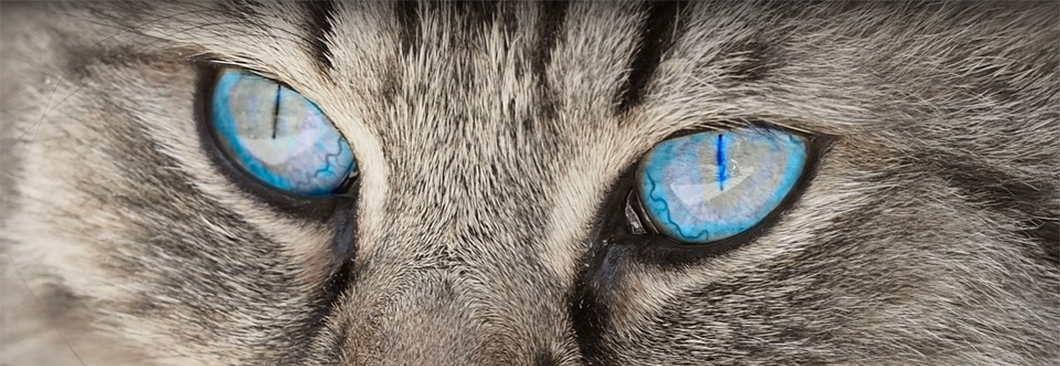
Unspoken Language
Humans are (for the most part) verbal communicators. Of course, body language greatly factors into the equation; however, it isn’t something that we generally register on a conscious level. In addition, a great many people communicate through sign language, but for many of us, our main form of communication is through the spoken word.
Because we are so focused on the spoken word, we tend to write off other forms of communication (pun intended) and assume that humans are the only ones who attempt to articulate their thoughts and feelings to others.
This assumption is rather flawed.
A number of species communicate through a variety of methods. For example, most people know that it is probably a good idea to keep your distance when an animal’s hair stands up along its back. But this is just the tip of the iceberg. According to Dr. Gary Weitzman, president and CEO of the San Diego Humane Society and SPCA and author of the new National Geographic book “How to Speak Cat,” there are approximately 16 primary ways that cats communicate.
Kitty Communication
The meaning of these different signals can range from “feed me” to “let me go.” Furthermore, Weitzman notes that cats usually only utilize these when people are around, i.e., they don’t communicate this way with other cats. Of course, some things are universal, and cats use them to communicate to all organisms equally.
The most common are summed up below, and if you have a cat, you’ll probably recognize a few.
1. Blinking is how cats show affection, kind of their way of saying “I love you.” A slow blink is, according to Weitzman, akin to a wink. To test this, try slow blinking at your cat and see if it blinks back.
2. A straight up tail means that the feline is very happy to see you. A cat that perks up its tail as it approaches you is showing its excitement. To test this one, well, observe how your cat responds once it hasn’t seen you for some time.
3. Cats meow in order to get attention from their mother. This applies to kittens and also to adult cats who are trying to communicate with their owners (adult cats rarely meow at one another). Cats often do this when they want to be fed or want to be let outside.
4. When a cat purrs, it is (surprise!) emotionally content.
5. If the cat is chirping or chattering, be careful (if you are a mouse). This is what cats do when they see potential prey. So if it is making these noises while sitting by a window, it likely sees a bird or other small animal.
6. Hissing means that the cat is threatened. It is a warning, and if it is not heeded, the cat will likely attack (everyone probably already knew this one as well).
7. If its whiskers are naturally out to the side, then the cat is showing that it is happy or calm. Conversely, whiskers that seem to be pulled back towards the body are an indication that the cat is upset and possibly scared.
8. A continuation of the last one, if a cat’s ears are flat, it’s scared.

9. If a cat is lying down with its belly exposed, it is showing that it trusts you. Note: This doesn’t necessarily mean that cats like to have their tummies rubbed.
10. A little wagging of the tail means that the cat is content.
11. Rapid swishing means that the cat is annoyed about something.
12. Kneading means that the cat is happy. This is what kittens do when they are feeding from their mothers, and they mimic this as adults as a sign of affection.
13. When cats rub their cheeks up against you, they aren’t trying to cuddle; they are marking you. Cats have scent glands in their cheeks, and they rub these areas against objects that they are claiming. It is a sign of ownership (not really affection),
14. Licking is another way that cats show affection.
15. Turning sideways and doing a little “dance” means that the cat is intimidated (this is when the cat looks kind of “skittish”).
16. A cat whose tail is laying limply down is mad.
You can, of course, learn a lot more in the book. This is just a very general breakdown.